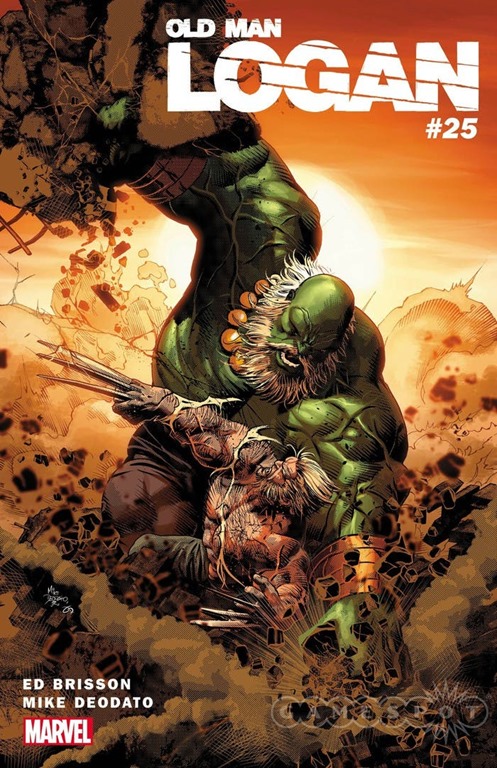 Some weeks, you don’t record a podcast when you’re ready. You record when you’re awake.
Some weeks, you don’t record a podcast when you’re ready. You record when you’re awake.
Rob had a long weekend of late nights being on call for his day gig, leading to a slim, two-hour window where he’d had enough coffee to be able to say something longer than his own name, yet not enough liquor to actively slur those things. And this strange state put him in a mood to rant. About the golden days of Marvel after the bankruptcy and before Civil War, when they were willing to take chances. About acceptable Mark Millar stories. About how Batman’s most driving personality trait might be hoarding. And, God help us, how there might be redeeming qualities to Secret Empire.
So strap in: this is a weird one, and we talk about all of those things, plus:
- Old Man Logan #25, written by Ed Brisson with art by Mike Deodato, Jr.,
- Secret Empire #4, written by Nick Spencer with art by Leinil Francis Yu,
- Dark Days: The Forge #1, written by Scott Snyder and James Tynion IV, with art by Jim Lee, Andy Kubert and John Romita Jr., and:
- The Defenders #1, written by Brian Michael Bendis with art by David Marquez!
Ah, we have disclaimers:
- This show contains spoilers. If you don’t want to know Captain America’s political affiliation on Secret Empire, well, you’re not alone, but you have also been warned.
- This show contains adult, profane language, and is therefore not safe for work. We talk about Batman being a Howard Hughes style hoarder. That involves Mason Jars. You want your mom to know what’s in those jars? Then get some earbuds.
Podcast: Play in new window | Download (Duration: 1:48:25 — 108.3MB)
Subscribe: Apple Podcasts | Android | Google Play | Stitcher | TuneIn | RSS | More
Thanks for listening, suckers!

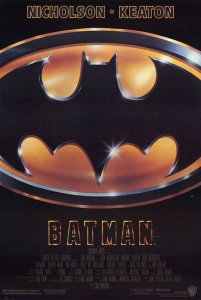

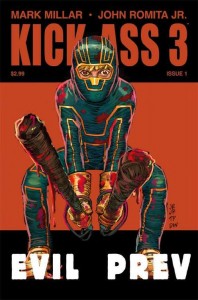
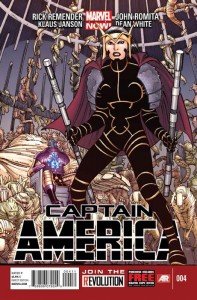
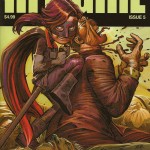
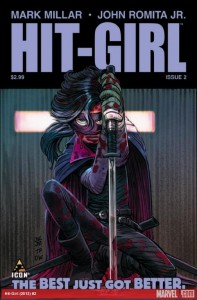
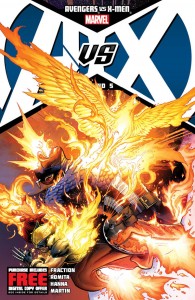
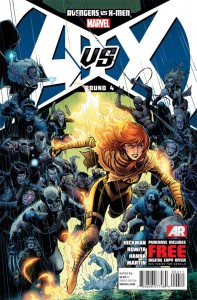
 Podcast RSS Feed
Podcast RSS Feed iTunes
iTunes Google Play
Google Play Stitcher
Stitcher TuneIn Radio
TuneIn Radio Android
Android Miro Media Player
Miro Media Player Comics Podcast Network
Comics Podcast Network